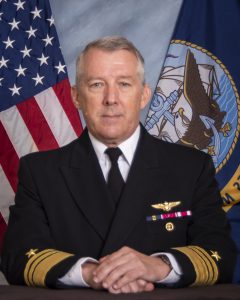OPNAV N9
VICE ADMIRAL SCOTT CONN, Deputy Chief of Naval Operations for Warfighting Requirements and Capabilities
DCNO Warfare Systems (N9) determines, validates and integrates requirements and resources for manpower, training, sustainment, safety, modernization, and procurement of the Navy’s air, surface, undersea and expeditionary warfare systems (manned and unmanned). As the resource sponsor, N9 establishes requirements, sets priorities, and oversees overall planning and programming for such domains as expeditionary warfare, surface warfare, undersea warfare, air warfare, and unmanned warfighting systems. This includes associated manpower, support, training and readiness.[1]
Updated by Kristin Stiner, October 2024


Comments are closed.